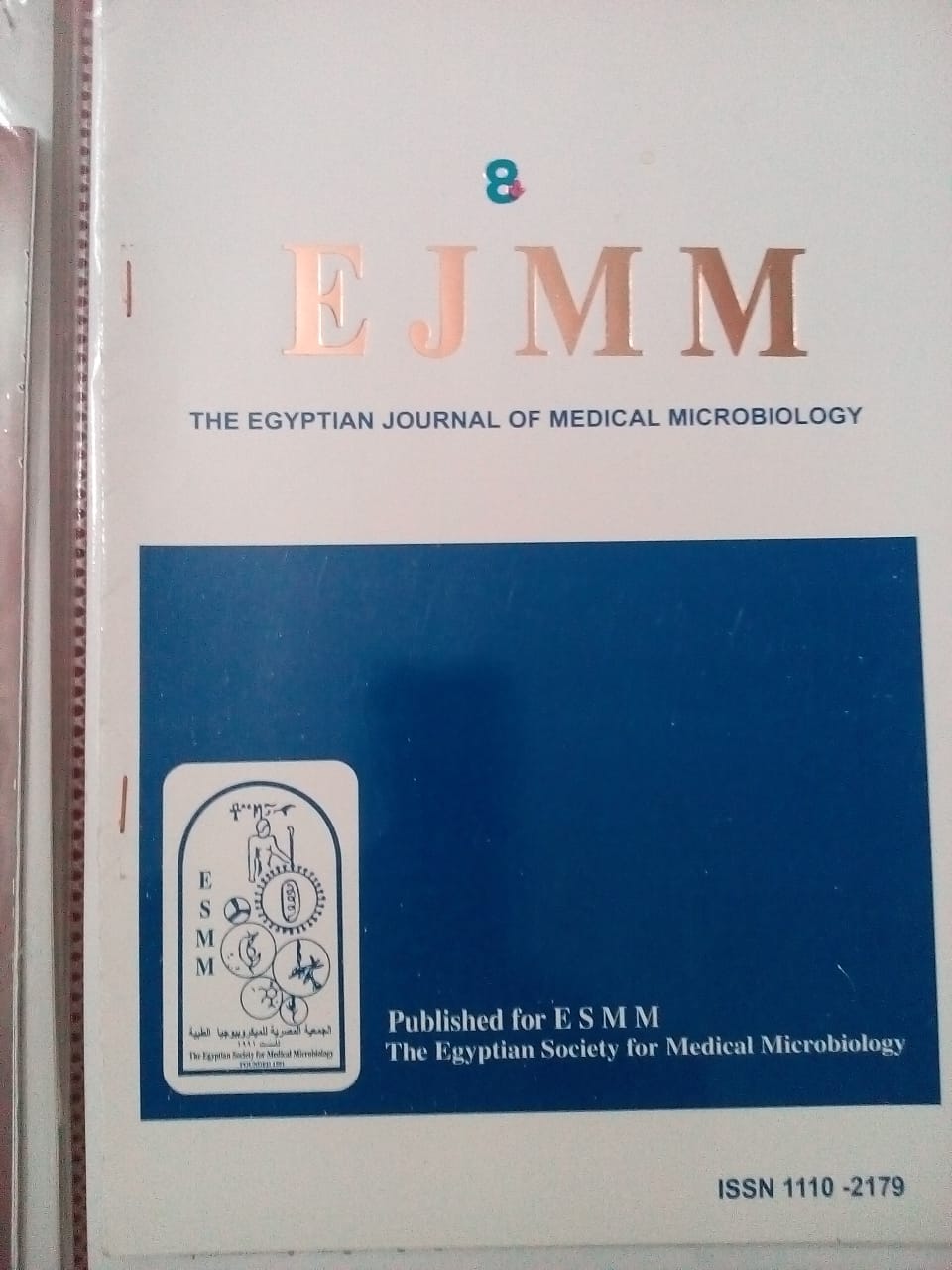Background: Diabetic patients are at risk for getting many infections including H. pylori. This infection has been epidemiologically linked to some extra-digestive conditions including ischemic heart disease. There is increasing evidence that certain microbial agents may have a pathogenic role in the development of atherosclerosis. The mechanisms by which H. pylori might play in development of atherosclerosis are unknown. Aims were 1) To estimate the proportion of H. pylori seropositivity in diabetic patients. 2) To investigate a possible association between diabetic complications and H. pylori seropositivity. 3) To assess the influence of H. pylori on some blood biochemical factors implicated in atherogenesis. Patients: A group of 57 diabetic patients (31 males and 26 females; 13 with IDDM and 44 with NIDDM) with a mean age of (47.65 ±1.2 years) were enrolled in the study. Methods: All patients were investigated for detection of possible cardiovascular or cerebrovascular complications using a 12 lead resting electrocardiogram, carotid colour Doppler ultrasound and central nervous system computed tomography when necessary. Retinopathy was looked for by standard fundus examination. Peripheral vascular disease was diagnosed clinically and by colour Doppler examination of the peripheral arteries. Neuropathy was diagnosed clinically and by abnormal nerve conduction. Nephropathy was diagnosed by abnormal albumin excretion. In addition, blood samples were obtained for estimation of fasting serum glucose, glycated hemoglobin (HbA1c%) levels, complete blood count, erythrocyte sedimentation rate (ESR) and complete lipogram, fibrinogen, TNF-α and IL-6. Anti-H. pylori specific immunoglobulin (IgG) was determined and the results were compared with those of a non-diabetic sample recruited from the general population in our locality. Results: Anti-H. pylori IgG antibodies were detected in 51 out of 57 diabetic patients (89.5%) compared to a proportion of 55.5% of the non-diabetics. Cerebrovascular stroke (CVS) as shown by clinical examination, imaging techniques, or both was present in 21 of 51 H. pylori positive cases (41.2%), while non of H. pylori negative had CVS. The risk of CVS among H. pylori positive diabetic patients was significantly high (OR 1.83, 95% CI: 0.26-7.7; p<0.05). The carotid Doppler finding of atherosclerotic plaques and intimal medial thickening (IMT) were significantly higher in H. pylori positive than negative cases (P<0.05). No statistically significant difference existed between the two groups regarding coronary heart disease or other diabetic complications. ESR, IL-6, and TNF-α were significantly higher in H. pylori positive than negative subjects. Fasting blood glucose, triglycerides, ESR, IL-6 and TNF-α were significantly higher in H. pylori positive patients with CVS than those without. Significant positive correlations were found between H. pylori IgG titer and each of IL-6, TNF-α. Conclusions: In this study, H. pylori infection is quite common in diabetic patients. This infection seems to be epidemiologically linked to the presence of cerebrovascular stroke and carotid intimal medial thickening. This effect could be mediated by raising cytokine levels (IL-6, TNF-α). If further studies in larger number of diabetic patients confirm that H. pylori is a risk factor for atherosclerosis, this would have a clinical implication as H. pylori can be eradicated by a short course of combination antibiotic therapy. This may reduce the risk of stroke and other vascular events in this risky population.


